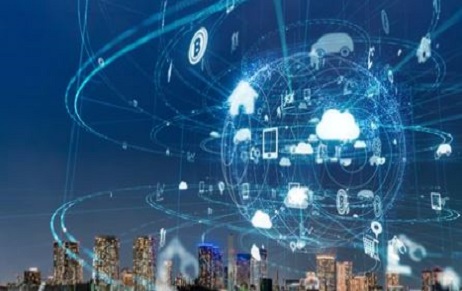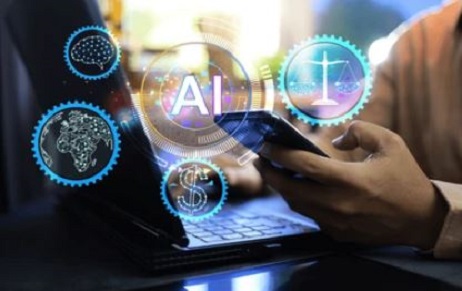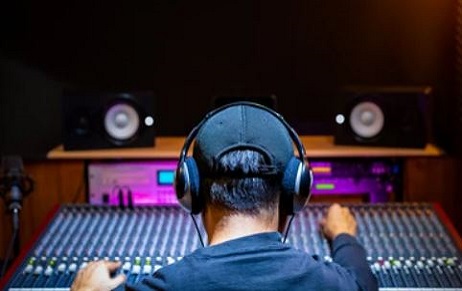A new era started with the innovation of Artificial Intelligence (AI). AI systems can produce…
Copyright And Cyberspace: Software And Digital Piracy
As we enter into the emerging era of software technology and the ever-growing sphere of the internet and worldwide web, protection of data and the importance of copyright protection has taken center-stage. Copyright law today protects works such as literary, dramatic and artistic works; cinematography films; sound recording and computer programs, data bases and compilations.
INTRODUCTION
According to the Copyright Act, 1957, in the case of computer program protection is given on the basis of whether the same is given or hired, or offered for sale or hire, any copy of the computer program, regardless of whether such copy has been sold or given on hire on earlier occasions.[1] The major need for appropriate copyright laws in India in the field of cyber space is because of the limitation of the Information Technology Act, 2000 [2], which fails to cover various issues such as copyright, domain name, cyber-space and jurisdiction.
THE LIABILITY OF INTERMEDIARIES
(Example, YouTube) When a video is uploaded on YouTube, the right to broadcast that particular video vests with Youtube and it grants or warrants the copyright to the uploader. However, this may be at times be distinguished in the manner in which the uploader opts to obtain the copyright, that is, by means of “Standard Youtube License” or “Creative Commons”. Therefore, almost all the videos of Youtube have a copyright, and therefore before using any video or any part thereof for reproduction, adaptation or such like, the permission of the uploader ought to be taken. Also, at the same time before uploading, for example, a cover music of a song, appropriate license must be obtained by the uploader from the original creator or composer. [3]
SOFTWARE PIRACY
Before understanding software piracy, it is imperative to understand the three major types of software, that is,
- Micro code: A programme which controls the details of execution;
- The operating system software which control the sources of a computer and manages routine tasks and is a necessary requirement for a computer to function;
- An application software which is designed to perform a particular task.
Hence, piracy of this software occurs when the software so available on the internet is available to be downloaded or temporarily stored by an internet user without the permission of the owner of the software.
OPEN-SOURCE SOFTWARE (OSS)
Another important aspect to cover whilst mentioning software piracy is that of the increasing use of OSS (Open Source Software) amongst the software and Information Technology companies of this era. To investigate into the pros and cons of the same, an interesting case to work with is that of the budding open source software alternatives, such as Open Office. The appearance of an OSS alternative leads the incumbent to reduce both price and the level of piracy control. Although high-quality pirated goods are detrimental to profits in the absence of OSS, they may actually limit the incumbent’s losses and the need to adjust price and protection strategies due to the introduction of an OSS alternative. Thus, an incumbent may find it easier to compete with OSS in the presence of product piracy. [4]
Therefore, to establish whether or not there has occurred an infringement, of more or less magnitude, of copyright due to the rise of open source systems is a debatable topic, but, there is no denying fact that there are infringements of copyright in cyber space which has the potential of causing great damages to the owner of the copyright.
CREATIVE COMMONS (CC)
Another interesting license that finds its application to software is that of Creative Commons (CC) license. Whilst there are several types of creative commons licenses, the very first was initially released on December 16, 2002 by Creative Commons, a United States non-profit corporation founded in 2001. Work licensed under a Creative Commons license is governed by applicable copyright law. This allows Creative Commons licenses to be applied to all work falling under copyright, including: books, plays, movies, music, articles, photographs, blogs, and websites. The Creative commons recommends free and open source software licenses instead of Creative Commons licenses. [5] The legal implications of large numbers of works having Creative Commons licensing are difficult to predict, and there is speculation that media creators often lack insight to be able to choose the license which best meets their intent in applying it.
The nature of a copyright is however that of a negative right, which creates a negative monopoly which enables the author of the work to prevent others to exercise that right which has been conferred upon him and he is the exclusive and sole owner of that work.
Hence, to conclude, one can notice how the increasing scope and sphere of the internet and cyber space is creating a ground for the exploitation and infringement of rights of the owners of digital content and software data. It is highly critical to ensure that their rights are being protected and that the public is not allowed to access, store or use the same information or data without obtaining the requisite license or permit of the owner. The cases of Youtube have indicated how infringement in their respective domains has adversely affected not only the rights and liabilities of the owner, but, also their own business.
Author: Deepika Gupta Symbiosis Law School, Hyderabad, India, Intern at Khurana & Khurana, Advocates and IP Attorneys. In case of any queries please contact/write back to us at [email protected].
References:
[1] Section 14 (c), Copyright Act, 1957.
[2] Kamath, Nandan, ed. Law relating to computers, internet, and e-commerce: a guide to cyberlaws and the Information Technology Act, 2000. Universal Law Pub. Co., 2000.
[3] Cayari, Christopher. “The YouTube Effect: How YouTube Has Provided New Ways to Consume, Create, and Share Music.” International Journal of Education & the Arts 12, no. 6 (2011): n6.
[4] Machado, Fernando S.; Raghu, T S.; Sainam, Preethika; and Sinha, Rajiv (2017) “Software Piracy in the Presence of Open Source Alternatives,” Journal of the Association for Information Systems: Vol. 18 : Iss. 1 , Article 3.Available at: http://aisel.aisnet.org/jais/vol18/iss1/3.
[5] Commons, Creative. “Creative commons.” (2008).



